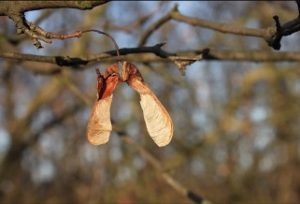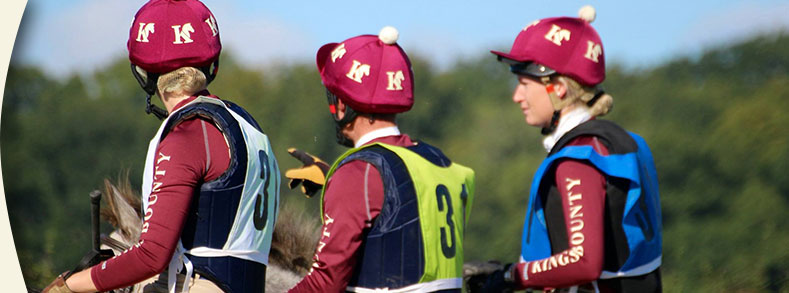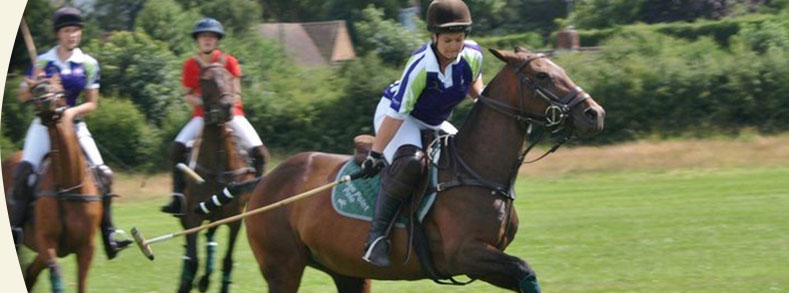Atypical Myopathy (Seasonal Pasture Myopathy)
Atypical Myopathy (AM) is a severe, often fatal disease of healthy (especially young) grazing horses in the UK and Northern Europe. It has a seasonal prevalence; with most cases occurring in autumn/ early winter and a few the following spring.
AM is a disease that affects the skeletal, respiratory and cardiac muscles of the horse resulting in a range of clinical signs with variable severity. Horses may appear weak, lethargic, recumbent (lying down), distressed, have muscle tremors or develop severe neck weakness which can lead to head oedema (head swelling). Another important clinical sign to look out for is the presence of dark coloured urine.
For many years the cause of the disease has been unknown, however, it has been linked to horses kept at pasture. More than one horse on the premises is often affected and cases have been seen where horses are kept on sparse pasture. The year of 2013 was a break through for scientists from the University of Minnesota as they discovered a link between the disease and the Box Elder Tree (Acer negundo), which is not found in the UK. Subsequent research done in Europe concluded that toxins from the seeds of the Sycamore tree (Acer pseudoplatanus) are the likely cause of AM in European Countries. There are approximately 20 different types of Acer trees found in the UK.
Seeds from Sycamore trees, commonly known as ‘helicopters’, contain the toxin ‘Hypoglycin A’ which is responsible for this disease. There is no current knowledge as to how much toxin a horse needs to ingest before developing clinical signs. The amount of toxin present in each seed also fluctuates. It is likely that cases occur in situations where there is a high availability of the seed in the field, combined with inadequate grazing or supplementary forage.
If you suspect your horse to have AM then contact us immediately. The gold standard for treatment is referral into an equine hospital where they can receive intensive care. Rehabilitation is a lengthy process and owners must be aware that horses can deteriorate suddenly.
Preventative Measures/ Advice if you suspect an outbreak
- Remove horses from pasture containing sycamore seeds OR limit turn out to <6hrs/24hr.
- Remove leaves/seeds from pasture or fence off areas.
- Provide forage and supplementary feed in fields.
- Provide vitamin/ mineral supplements: horses that survived the disease were found to be the ones that had received vit/mineral supplementation.
- Provide mains water as drinking water: there is a link between the disease and natural water sources.
- Get your vet to check muscle enzymes of all herd mates via blood sample if an animal is affected.
- Check for bad weather alerts: typically the disease occurs post-bad weather. Stable horses (for at least part of the day) post bad weather during the autumn.
- Ensure a good de-worming and healthcare programme in place.
- Reduce stocking density.












